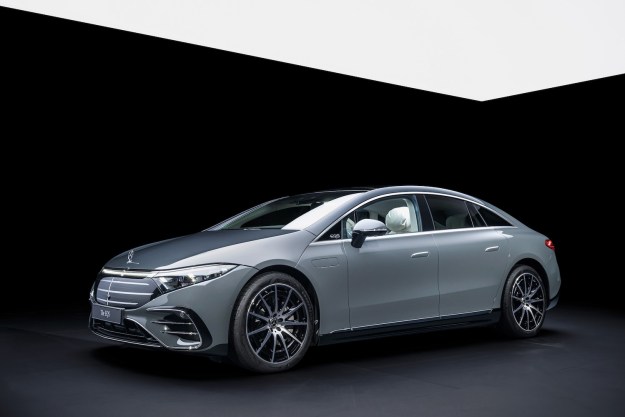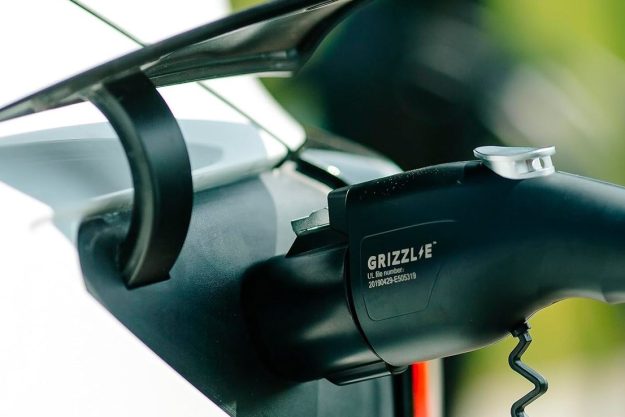Toyota unveiled the fourth-generation Prius late last year, and to kick off the 2016 New York Auto Show, the brand took the wraps off a new plug-in hybrid version called the Prius Prime. The second plug-in in the Prius’ 19-year history, Toyota expects the Prime to boast an MPGe rating of 120 or above, making it one of the most efficient cars on the road.
To push the vehicle’s “green” status to another level, the Prime equips an 8.8kWh battery pack that can be charged at home in about 5.5 hours with no special equipment. With a 240V source, charging takes less than half that time. This offers an all-electric range of 22 miles, but with the 11.3-gallon fuel tank filled to the brim, Toyota anticipates the Prime will be able to travel more than 600 miles without stopping. Better yet, the sharply-styled four door will be able to cruise at 84 mph without leaving EV mode. Silent freeway cruising, anyone?
The range-topping hybrid also serves as the launching pad for Toyota’s first dual-motor generator drive system, which uses the electric motor as well as the generator to push the vehicle forward. This allows the car to take advantage of maximum torque off the line, which should make the fuel-sipping icon pretty zippy as well.
An improved powertrain is just the tip of the iceberg though, because the vehicle’s interior has been significantly upgraded over the standard offering. A Tesla-style 11.6-inch HD touchscreen is the centerpiece of the premium cabin, and it comes standard with navigation and offers a variety of eco-centric apps. In addition, a full color head-up display is available as an option.
In terms of accident mitigation and occupant safety, the Prime offers Toyota’s full Safety Sense suite, which includes Pedestrian Detection with Automatic Braking, Lane Departure Alert with Steering Assist, Dynamic Radar Cruise Control, a Blind Spot Monitor, and Rear Cross Traffic Alert.
Pricing data is still under wraps at the time of this writing, but that information should be released closer to the vehicle’s on-sale date in late fall.
Editors' Recommendations
- Lexus unveils its first electric car, but it’s unlikely to be sold in the U.S.
- Toyota covers a Prius in solar cells to boost its range by 27 miles
- Qiantu K50 electric sports car was designed in China, will be built in the U.S.









